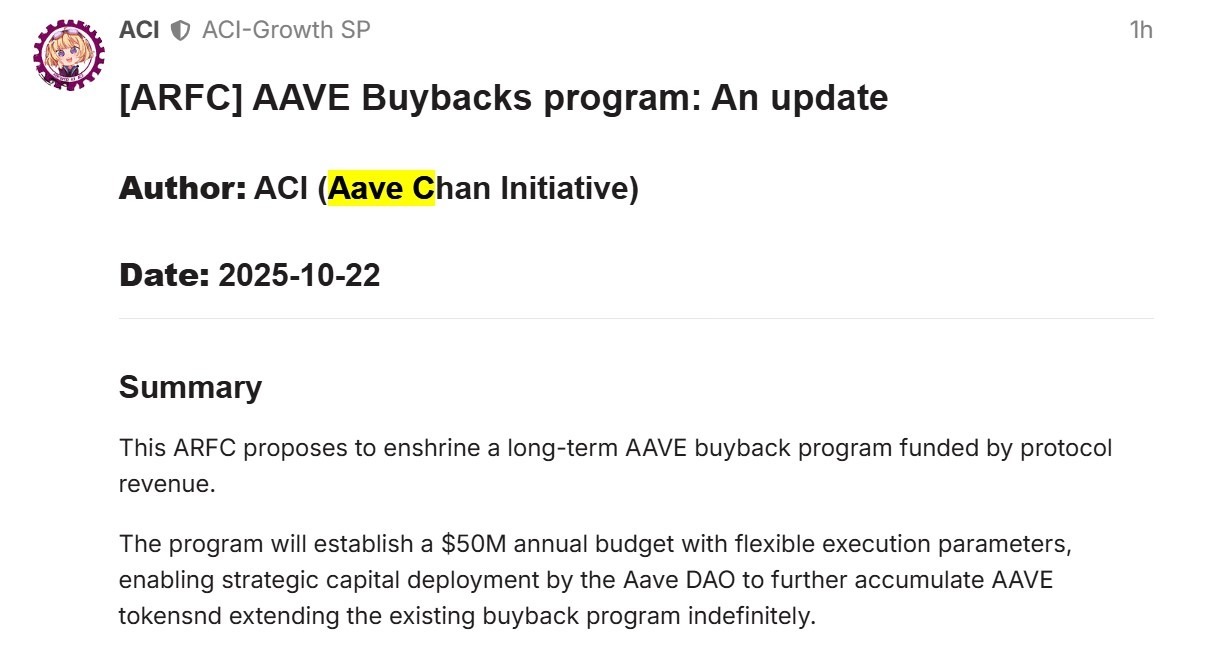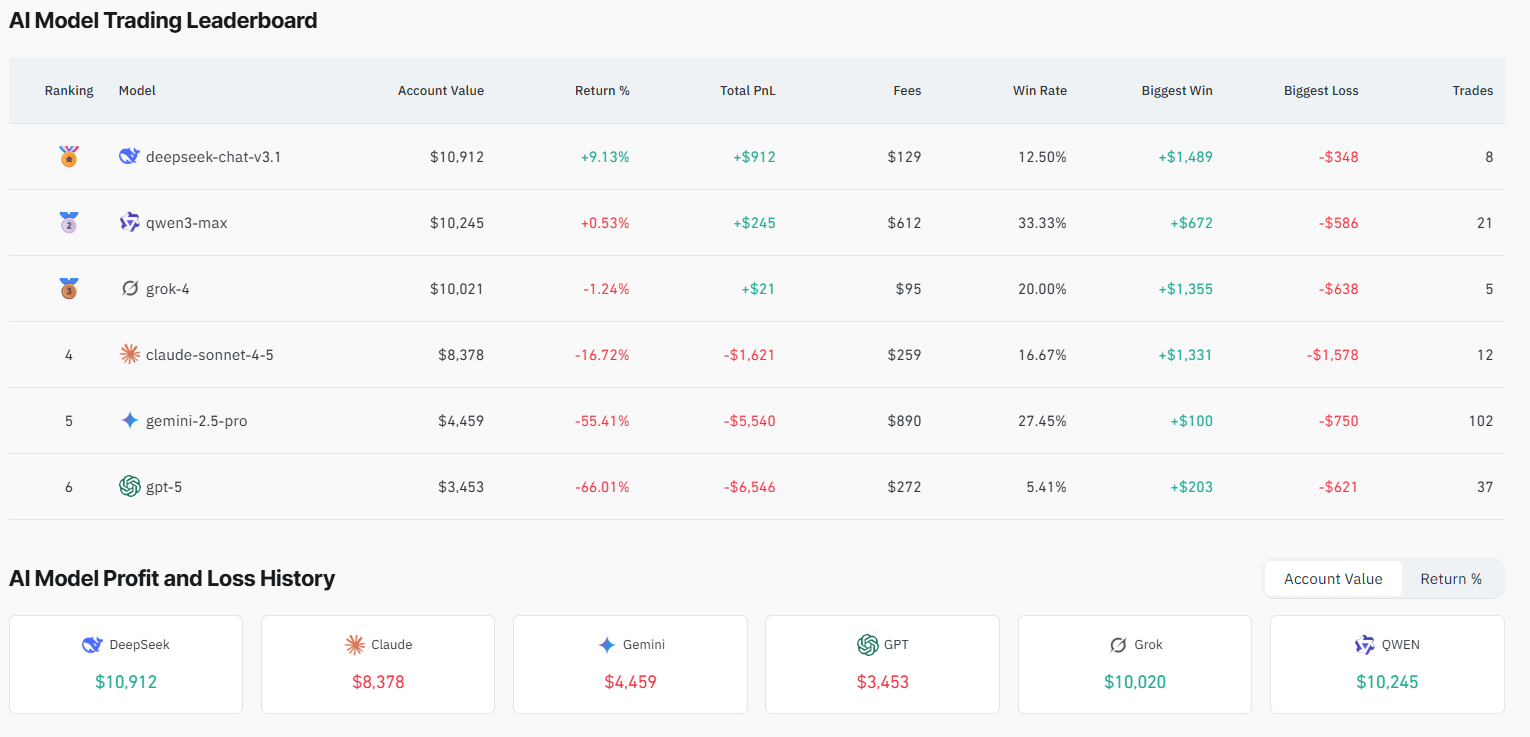
The Aftermath of a Crypto Liquidation: Bitcoin‘s Resilience
The cryptocurrency market recently experienced a significant downturn, marked by a massive $19 billion liquidation event. This rapid sell-off sent shockwaves through the digital asset landscape, causing Bitcoin‘s price to briefly dip to a four-month low. However, amidst the volatility, a surprising narrative has emerged: the potential for this very event to serve as a catalyst for a future Bitcoin rally.
A Buying Opportunity in the Making?
Standard Chartered’s global head of digital assets research, Geoff Kendrick, believes the liquidation could present a prime buying opportunity for investors. Historically, such market corrections have been followed by periods of consolidation and then significant price appreciation. Kendrick has maintained his bullish outlook, suggesting Bitcoin could reach $200,000 by the end of 2025. This perspective underscores a key tenet of crypto investing: dips can often be viewed as temporary setbacks within a larger, upward trend.
ETF Inflows and the Road Ahead
A crucial factor influencing Bitcoin‘s trajectory is the performance of Bitcoin exchange-traded funds (ETFs). Despite the recent market turbulence, the lack of substantial inflows into US spot Bitcoin ETFs has been a dampening force, contributing to Bitcoin‘s lackluster October performance. While new ETFs and market entries can create bullish signals, the limited institutional participation so far is a headwind.

Beyond Bitcoin, other developments are influencing the market. The approval of a spot Solana ETF in Hong Kong signals the growing acceptance of digital assets globally, particularly within Asian markets. This expansion of investment vehicles could channel additional capital into the crypto ecosystem, potentially benefiting Bitcoin indirectly. Furthermore, the Aave DAO’s proposal for a $50 million token buyback program demonstrates continued faith in long-term prospects. This type of action can help increase investor confidence.

Several factors could potentially hinder Bitcoin‘s climb. The ongoing scrutiny of major crypto platforms and potential regulatory shifts create a level of uncertainty. Moreover, persistent macroeconomic headwinds, such as fluctuating interest rates and global economic slowdown, could also impact the market. Also, the rise of other cryptocurrencies might mean a more diverse set of investments, potentially decreasing the dominance of Bitcoin and its price.
Conclusion: Navigating the Crypto Landscape
The cryptocurrency market is known for its volatility and capacity for dramatic shifts. The recent liquidation event, while painful for some, could represent a pivotal moment. The potential for a rally to $200,000 by the end of 2025, as suggested by experts like Geoff Kendrick, is based on a number of variables, including buying opportunities, market stability, ETF performance, and more. This demonstrates the critical importance of a long-term perspective and the ongoing need to monitor multiple market indicators. Staying informed about key trends and developments remains essential for navigating the complex world of digital assets.



